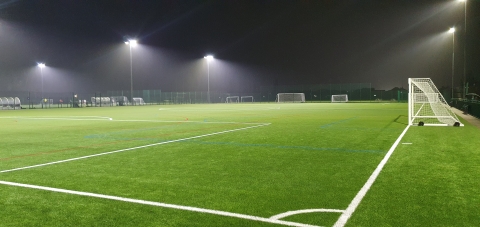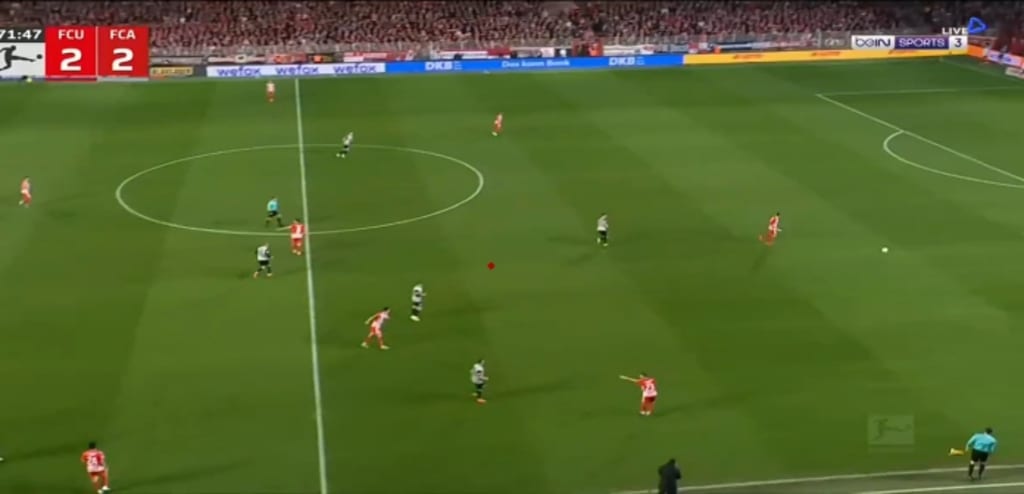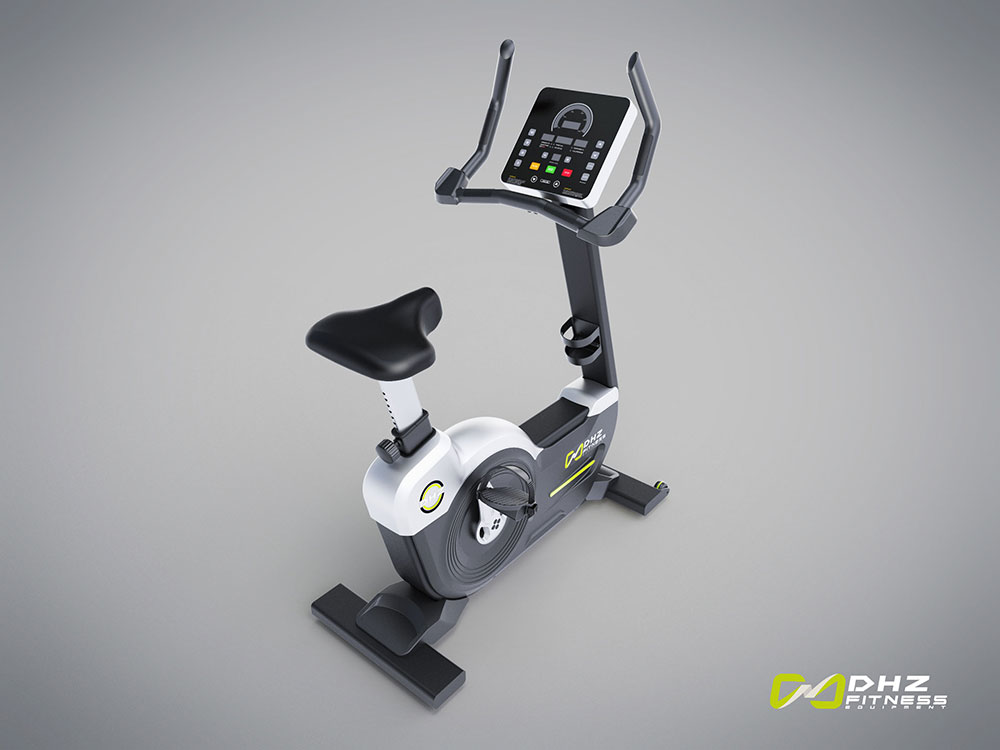Football, or soccer as it is known in some parts of the world, is a globally beloved sport with a highly standardized playing field. The dimensions and features of a standard football pitch are governed by the laws of the game, established by the International Football Association Board (IFAB) and overseen by FIFA. Whether you’re designing a new pitch, planning to play, or simply curious about the structure of the game, understanding the dimensions and key features of a football pitch is essential. In this article, we will break down the critical elements of a standard football pitch.
1. Dimensions of a Standard Football Pitch
The size of a football pitch can vary slightly depending on the level of play, but it generally adheres to international standards for professional games. Here are the key dimensional specifications:
a. Length (Touchline)
- Minimum length: 90 meters (100 yards)
- Maximum length: 120 meters (130 yards)
The touchline is the longest boundary of the field, running along the sides of the pitch. The length of the field varies within the set range, with professional matches typically playing on fields closer to the maximum length.
b. Width (Goal Line)
- Minimum width: 45 meters (50 yards)
- Maximum width: 90 meters (100 yards)
The width of the field can also vary, but the standard dimensions fall within this range. The width is generally less flexible than the length, as the layout of the field impacts the flow of the game.
c. Overall Size
A standard professional football pitch will typically measure 100–110 meters in length and 64–75 meters in width. These dimensions create a playing surface that is ideal for both professional and amateur matches, ensuring enough space for teams to execute strategies while maintaining a fast-paced game.
2. Key Features of a Standard Football Pitch
In addition to the overall dimensions, a standard football pitch has several key features that are crucial for gameplay. These features define the field’s structure and help create a consistent environment for players and teams.
a. Centre Circle
- Radius: 9.15 meters (10 yards)
The centre circle is located at the middle of the pitch and is used to initiate the game at the start of each half and after each goal. Players must remain outside the centre circle when the game begins, and it also serves as a reference point for tactical setups during kick-offs.
b. Penalty Area (18-yard box)
- Length: 40.3 meters (44 yards)
- Width: 16.5 meters (18 yards)
The penalty area is the large rectangular zone in front of each goal, within which the goalkeeper can handle the ball. This area also defines the space where fouls committed by the defending team lead to a penalty kick. The penalty area marks a critical part of the game for both attacking and defending teams.
c. Goal Area (6-yard box)
- Length: 5.5 meters (6 yards)
- Width: 5.5 meters (6 yards)
The goal area is a smaller rectangle located within the penalty area. It is where the goalkeeper is allowed to handle the ball during regular play and where goal kicks are taken. Players must remain outside the goal area during goal kicks unless they are taking the kick themselves.
d. Goals
- Width: 7.32 meters (8 yards)
- Height: 2.44 meters (8 feet)
The goalposts are positioned at the center of each goal line and must meet specific dimensions. The width and height of the goal frame the target for scoring, and the goal is one of the most iconic features of the pitch. The goalposts must be made of metal or another durable material and are usually fitted with a net to catch the ball after a goal is scored.
e. Corner Arc
- Radius: 1 meter (1 yard)
At each of the four corners of the pitch, a small arc marks the location where corner kicks are taken. The corner arc is a radius of 1 meter (1 yard), and the ball is placed within this area for the kick, ensuring that players do not take the kick from outside this boundary.
f. Halfway Line
The halfway line divides the pitch into two equal halves and runs parallel to the goal lines. It marks the center of the field and is used as a reference point for kick-offs and positioning at the beginning of each half.
g. Penalty Spot
- Distance from the goal line: 11 meters (12 yards)
The penalty spot is where penalty kicks are taken during the game. It is located 11 meters from the goal line and in the center of the penalty area. The penalty spot plays a key role in deciding the outcome of fouls committed inside the penalty area.
h. Sidelines (Touchlines)
The touchlines are the long boundaries running down the sides of the pitch. The ball is considered out of play when it crosses the touchline, and a throw-in is awarded to the team that did not last touch the ball.
i. Goal Line
The goal line runs along the width of the field and is the boundary that the ball must cross to score a goal. The goal line is critical for goalkeepers, as they are responsible for defending it against attacking players. If the ball goes over the goal line but not into the goal, a goal kick or corner kick may be awarded.
3. Regulatory Markings
In addition to the dimensions and features mentioned, several regulatory markings are present on a football pitch:
- Penalty Arc: A semi-circle located outside the penalty area, extending 9.15 meters (10 yards) from the penalty spot. It ensures that players remain outside the penalty area during penalty kicks.
- Centre Spot: The central point of the pitch, where kick-offs are taken at the start of the match, after half-time, and after a goal.
- Touchline Markings: The long lines that define the boundaries of the pitch.
- Goal Area Markings: Smaller lines inside the penalty area that indicate the goalkeeper’s restricted area.
4. Conclusion
A standard football pitch is a carefully designed field, following specific dimensions and features that ensure consistent, fair play for all participants. Understanding the layout, from the size of the pitch to the placement of the goals, penalty areas, and center circle, is crucial for both players and enthusiasts. These features not only define the space but also influence how the game is played, offering an exciting, fast-paced environment for teams and fans alike. Whether for professional competitions or community games, a well-maintained football pitch is central to the sport’s success.




